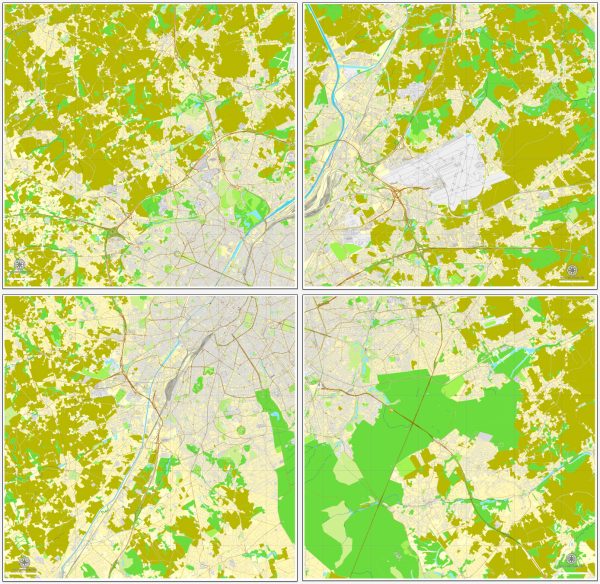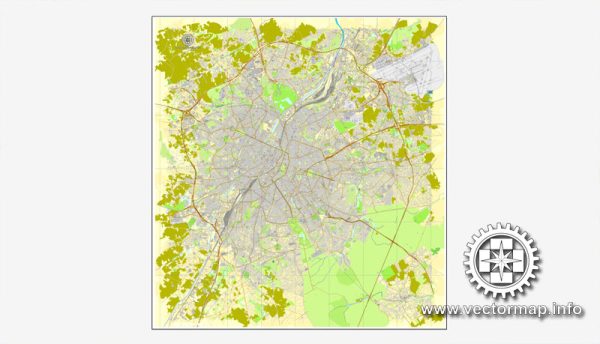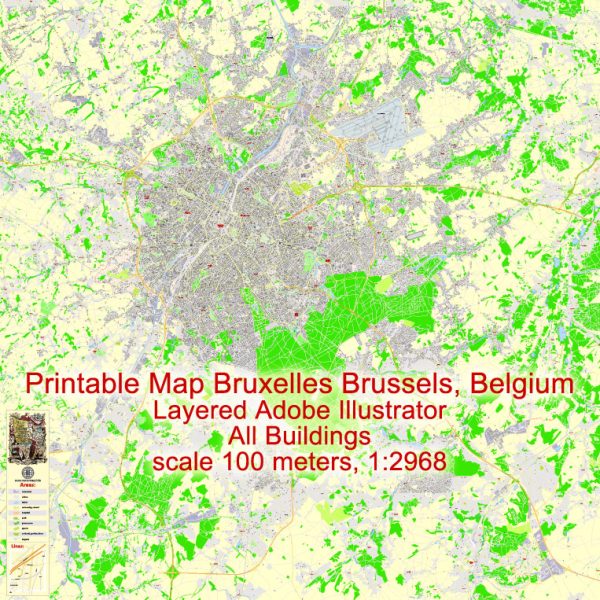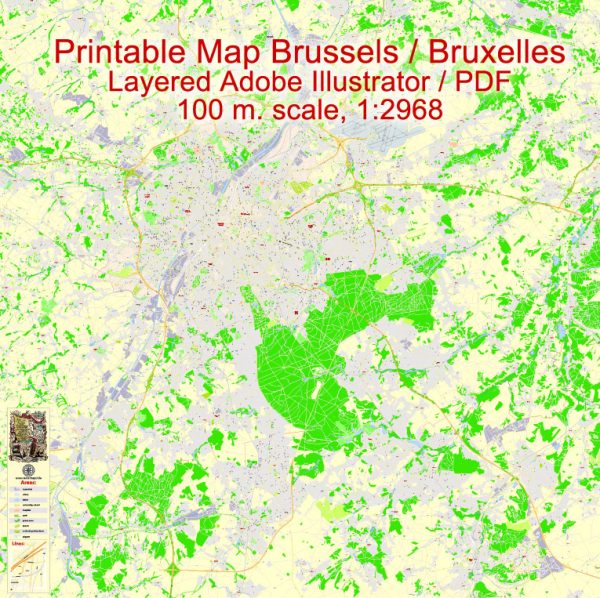Brussels, the capital of Belgium and the de facto capital of the European Union, has a rich and complex history that spans over a thousand years. Its history has been marked by political, cultural, and architectural developments, and it has played a central role in the history of Europe. Here’s a brief description of Brussels’ history:
- Roman Origins: The area that is now Brussels was first settled by the Romans around the 1st century AD. They established a small town called “Brosella,” which eventually evolved into the city we know today.
- Medieval Period: Brussels’ history as a prominent city began during the medieval period. In the 10th century, it became a fortified city and the capital of the Duchy of Brabant. It was strategically located along important trade routes, which contributed to its growth and prosperity.
- Burgundian and Habsburg Rule: Brussels became a significant center of political and cultural life under the Burgundian and later Habsburg rulers. The city was the residence of the Dukes of Burgundy and the court of the Habsburg Empire. During this period, it gained many Gothic and Renaissance architectural masterpieces, such as the Grand Place.
- Spanish and Austrian Rule: In the 16th century, the Spanish Habsburgs ruled over the Low Countries, including Brussels. This period saw religious conflicts and uprisings against Spanish rule, which eventually led to the Eighty Years’ War and the independence of the Dutch Republic in the north.
- French Rule: In the late 18th century, the French Revolution brought Brussels under French control. This period of French rule lasted until the defeat of Napoleon in 1815 at the Battle of Waterloo, just south of Brussels.
- Belgian Independence: Following the Congress of Vienna in 1815, Brussels became the capital of the newly created Kingdom of Belgium, which gained independence from the United Kingdom of the Netherlands. The city retained its status as the capital when Belgium became a constitutional monarchy.
- 19th and 20th Century: Brussels continued to grow and modernize in the 19th and 20th centuries. It played a crucial role in European politics and diplomacy. Notably, it became the de facto capital of the European Union, hosting the headquarters of various EU institutions.
- 21st Century: Brussels remains a central hub of European politics, hosting the headquarters of the European Commission and the Council of the European Union. It has evolved into a multicultural and diverse city, with a thriving arts scene, vibrant neighborhoods, and a blend of historic and modern architecture.
Brussels’ history is a testament to its resilience and adaptability in the face of political and social changes. Today, it is a bustling, cosmopolitan city known for its diverse culture, international influence, and historic charm.





 Author: Kirill Shrayber, Ph.D.
Author: Kirill Shrayber, Ph.D.